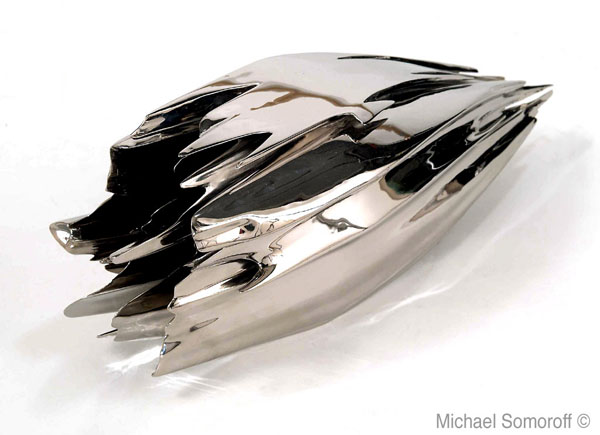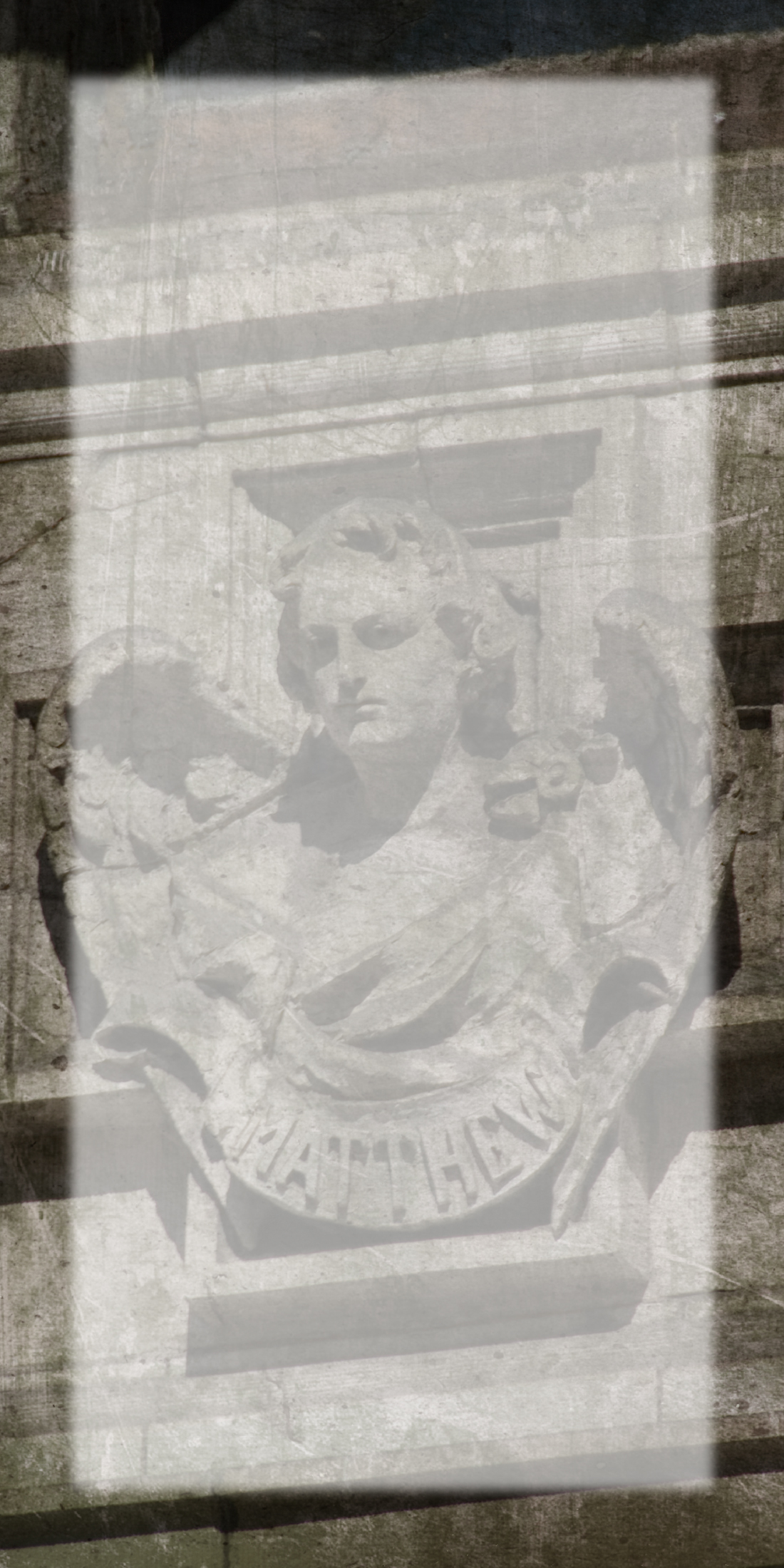For example, the sculpture for the Rothko Chapel is actually a manifestation of a “dream” in virtual space. It is a 3D animation, part of another body of work I created in film and video. I love animation because it allows one to be anywhere, in any story, convincingly. This brings up certain questions concerning the nature of reality because the events that make up the sculpted time composed in the video are not “real”. Nevertheless they are real enough, because they can indeed touch one. This is amazing and signals a fundamental shift in our collective experience of truth. For those that are interested in these problems, they can take a look at The Rothko Chapel’s catalog of Illumination I on my website, there’s a lot in there about these problems.
MK: How does this theory connect with your other works like Tempus Formare, Modo, and New Stoppages.
MS: All of my work is grounded in my preoccupation with other dimensions of reality, or better, my interest in the true identity of reality. All of these bodies of work explore cognitive experience as it relates to the limitation of the human perceptual apparatus. The “fourth dimension” is really just another term for the space/time continuum. It was a praise that was very popular at the turn of the 20th century. Mathematicians and scientists used it but also occultists and philosophers used it – Gurdjieff, Ouspensky, Steiner and Blavatsky all come to mind.
"Modo" Photo © Michael Somoroff
Of the bodies of my work you mentioned, in particular New Stoppages plays with this concept of the “Fourth Dimension” on the one hand, hopefully giving it some new life, while on the other reflecting a certain irony that I feel is implicit in that era. This is exactly why I used Duchamp’s work as a platform, which I have done on several occasions because he mined so many important ideas. Marcel Duchamp’s interest in higher dimensional space has always fascinated me. The artist was certainly not given to the romantic. Yet his interest in the unseen dimensions of reality point to concerns generally associated with the metaphysical, even mystical-ironic when seen in the light of his commitment to the analytical.
He was an investigator of the composition of consciousness, both collective and individual. Sometime between 1913 and 1914 Duchamp, using a falling string, created three measuring devices he called Three Standard Stoppages. The implications of Duchamp’s Three Standard Stoppages are profound even today. They point to a dynamic relationship between space, consciousness and the substrate of time as the regions where meaning, quality and value emerge.
Today, the idea of multidimensional space is firmly embedded in our view of the world. We know that the space we experience around us is not empty, but full. We are sure that time is not just a theoretical dimension, but has actual geometry. It is the connective tissue of reality, and, as I stated earlier, it is the substrate of consciousness.
The ramifications of this are important because they speak of a world where all things and events are connected - every action; every thought, by every person fundamentally changes the entire configuration of reality, or better stated, the matrix of consciousness. When I use the term “consciousness” here I am referring to the universal conceptual matrix in all its complexity, including its subjective and objective expressions.
Interview answer continues on next page.
